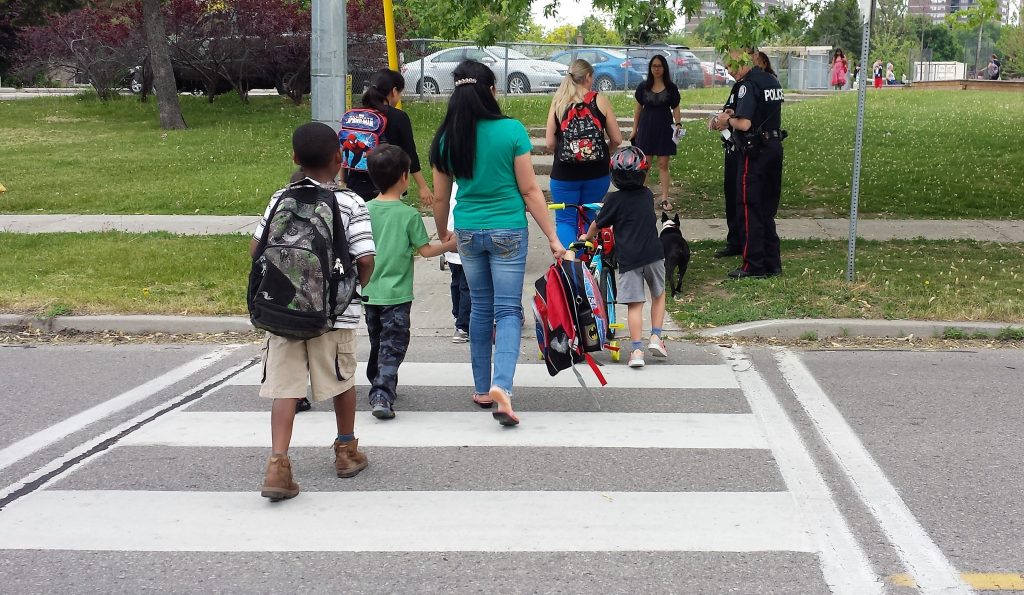The Ontario Traffic Manual, Book 12 and Book 15
City staff will use the criteria outlined in the Ontario Traffic Manual when considering requests for new traffic signals or pedestrian crossing facilities.
Requests for crossings can be made through your Councillor or by calling 311. Infrastructure such as pedestrian crossovers, traffic signals, and stop signs are known as “traffic control devices.” Traffic control devices have engineering requirements that City staff will follow. Data that will likely be considered when a new crossing or traffic control is requested include traffic and pedestrian volumes, pedestrian delay, and collisions.
Call 311 or speak to your Councillor to have them request that Transportation Services conduct a “Pedestrian Crossing Protection Study.” If the study is positive, it will be reported to Community Council. If the study is negative, council does not receive a report unless the Councillor requests one.
Several pedestrian crossing and traffic control device solutions exist. Some examples include:
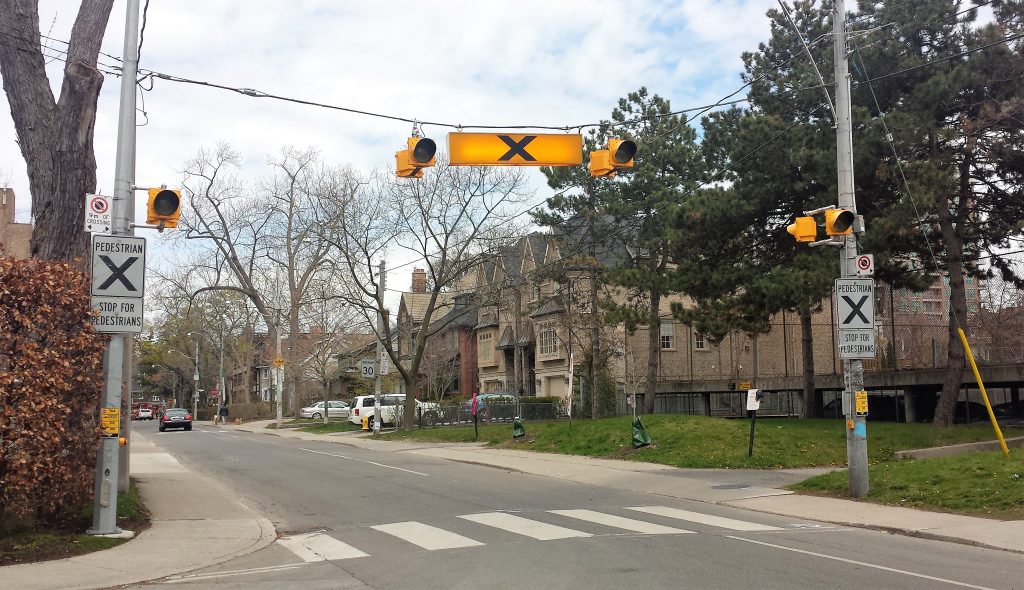 | 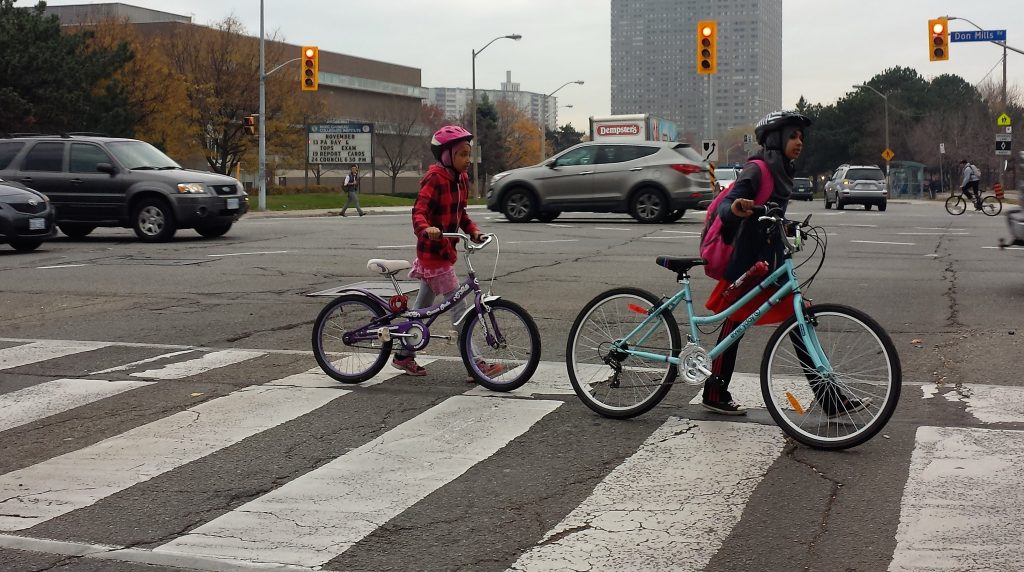 |
| 1. Pedestrian Crossover | 2. Signalized Intersection |
| A designated area where pedestrians can cross the street, often marked by flashing overhead lights. | Signals indicate when vehicles must stop or proceed, and when pedestrians should cross the street. Countdown timers and different signal phases can help improve safety at signalized |
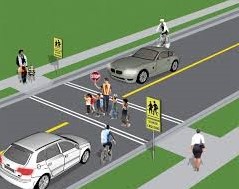 | 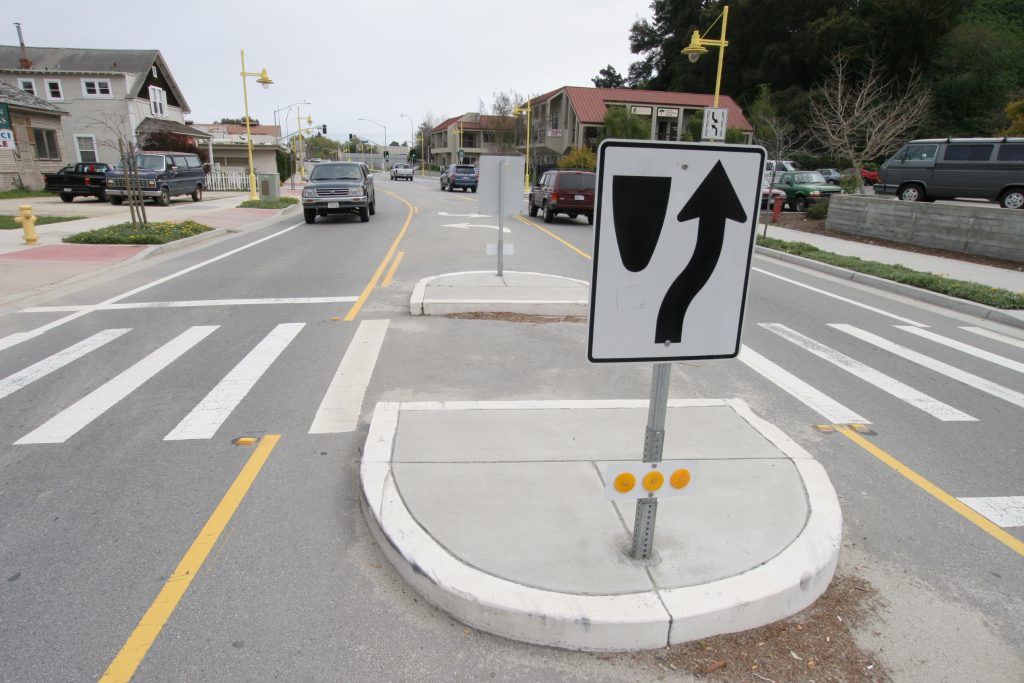 |
| 3. School Crossing | 4. Pedestrian Refuge Island |
| Marked by a double crosswalk line. Requires a student patroller or adult crossing guard. See our Toolkit for details about crossing guards and student patrollers. | A combination of raised curbs, bollards, plantings, or other features to protect pedestrians at the midway mark of crossing the street. |

